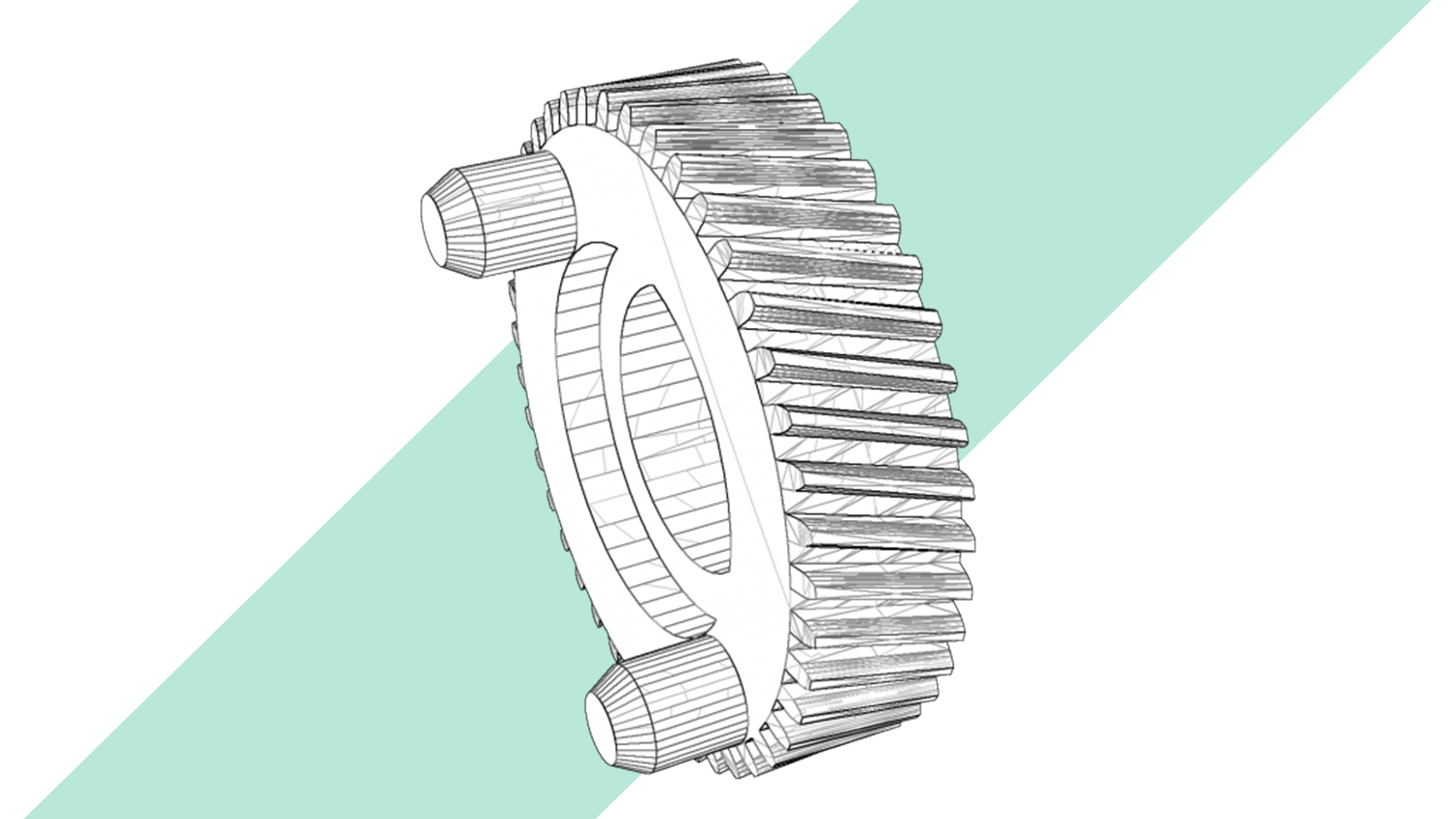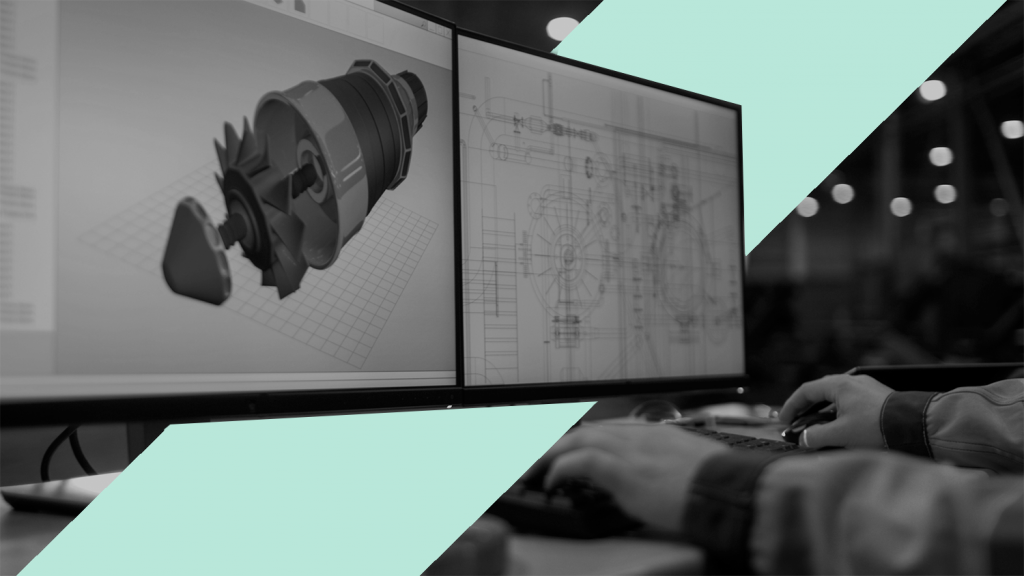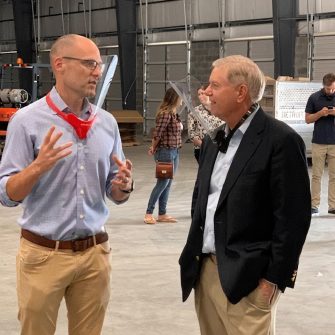ZVerse has positioned itself as a Design-as-a-Service company, integrating at the friction point feared by all online digital manufacturing bureaux – the customer with no CAD model. Stephen Holmes speaks to ZVerse founder and CEO John Carrington about where the company fits into the wider product development ecosystem.
After promises of 3D printing solving all the low volume part requests, digital manufacturing companies still need to operate within time margins that cannot be compromised by spending hours holding the hand of each person with an idea that approaches them.
John Carrington was one such person, who back in 2013 wanted his idea for a single part to be 3D printed, but all he could find were dead ends.
With no CAD file, he couldn’t use any of the instant uploaders on the 3D Printing bureaux websites. When he spoke to them he was advised to go away and find a designer.
“They were trying to do everything they could to get me out of their funnel,” he says, reliving the story.
“They were trying to get me out of their funnel because I didn’t match what they thought was their customer. So, I set off to find a designer, and again, at the time, I didn’t even know really the difference between parametric and mesh modelling.”
Similarly, no designer has the time to spend educating a client, leading him to pinball around a number until one took it upon themselves to help him design the part.
“This process should have taken literally like a day. It took maybe six or 7 weeks, and only because I was absolutely determined to do it. In most cases most people would have stopped.”
The process was educational, but highly frustrating – wasting the time of everyone involved – but Carrington was well on his way to learning about all the friction points of turning an idea into a 3D printed part.
Having spent time during the internet boom in 2000 finding ways to build websites that weren’t super expensive, convoluted or just plain terrible, he wanted to apply this thinking to 3D printing services.
“I felt like in order for 3D printing to grow it was a content problem – you need to make it as simple as going to a website, saying I want a thing and here’s my idea, and being able to get a design 3D printed.”
Manufacturing Solutions
If ZVerse was born from the exasperation of a person just wanting a 3D printed part, then it was made solid by the figures from the 3D printing bureaux, with many of the larger sites turning away hundreds of projects every day because the design is not printable, or a CAD file has an error.
Add to that fix the ability to transform an idea into a design, receive feedback straight away, and be given an immediate idea of how much it would cost to actually produce it, and you’re approaching what ZVerse is setting out to achieve.
ZVerse’s portals are white-labelled, able to be custom branded with each of its client’s liveries, whether it’s 3D Systems or Shapeways.
“Whereas before you’d upload your file, it would fail and they wouldn’t offer you another option; now you get routed through our system and you can get that part created. But we keep you in their ecosystem,” explains Carrington.
“Before they had no way to like capture all that and get those projects fulfilled.”
For the online bureaux, this was a no-brainer: instead of turning away work that potentially went to their competitors, now they could at least offer a manufacturing design service, with their production methods and costings at the focus of it.

Carrington says that this was already proving successful before the Covid-19 crisis, but now the company is having “conversations with a lot of big, big global manufacturers” that are undergoing a digital transformation to solve existing supply chain issues, future-proof others and add more efficiency.
“They want to reduce inventory carrying costs, they want to shorten their lead times and all that sort of stuff. But they have a huge catalogue of 2D data that’s not digitised.
“It comes as a surprise to a lot of people that a company – like a Fortune 500 company – would have 200,000 parts and have zero CAD data (that was catalogued, anyway).
“What we found was that [this was] because of the nature of how they do manufacturing. If they’re getting that part contract manufactured in China, Vietnam, Singapore, or wherever, oftentimes the contract manufacturer is taking their drawing, and then doing the manufacturing. And, you know, they may actually have the CAD file themselves, but they don’t really share that back with us… the actual model oftentimes still resides with a contract manufacturer in the mould. And so there’s a big challenge there where we’re working with companies to actually transform their digital inventory, or transform their part catalogue into a digital inventory at scale, as they’re all looking now to move to 3D printing.”
In numbers, this is a big step away from the guy trying to find a way to get a single part 3D printed, but in terms of the process, it’s closer than expected.
“Our platform at the end of the day provides a much better experience for all those parties involved – the customer, the on-demand manufacturer and the designer.”
ZVerse Talent Spotting
Carrington was quick to realise that the choice of the designer allocated to a project is very important.
“It’s not like a network where we just open-up and designers can come on and bid against each other… racing to the bottom on price,” explains Carrington, keen to outlay the benefits for all parties.
The freelance designer gets a vetted project and doesn’t have to interface with the customer; the manufacturer gets manufacturable data from someone knowledgeable in that process, and the client gets the part with the minimum of fuss.
Designers on the Zverse platform are based around the world, and have been invited to the platform. Carrington cites the need for keeping a US bias in the numbers in order to appease certain contracts, but states that ZVerse is targeting the “top three per cent” of design talent globally.
To make this happen, ZVerse is constructing the best possible experience for the designers as possible, ensuring that the pay is what they would expect, but with the benefits of having the freedom to choose from vetted projects.
Designers that match with a project’s requirements get an alert and can take a job if they want it. Carrington is keen to support the designer in this ecosystem, trusting them to record the hours spent accurately, and in turn helping to get the right quality out the door.
“Otherwise,” says Carrington, “If you have a customer that says ‘I’m willing to spend $500 on this, and they go to Upwork and every designer within that budget, you know, they’re going to come up, oftentimes, bottom of the barrel.
“Depending on what it is, they’re going to come up with maybe not the right designer, and it will actually end up costing them more in the long run because they had to get it re-worked.”
Digital MFG
Carrington believes that any company with a part requiring a manufacturing output of less than 10,000 parts a year should be facilitated by on-demand manufacturing, with the proviso of the parts being truly ready when they are needed.
With this in mind, additive manufacturing has been at the forefront of ZVerse’s offering since launch, but it’s not the be all and end all of its plans.
“We use 3D Printing a lot, but it’s not a religion to us – we’re going to help design for whatever,” says Carrington, describing the expansion of ZVerse’s services list beyond ‘Design-as-a-Service’ and integration with additive manufacturing bureaux.
In progress is ZVerse’s partnering with local scanning services bureaux for an on-demand device, where parts are collected and taken away for scanning, or a team will travel to scan parts in-situ.
Overseen by the ZVerse project management team there’s a goal in place to facilitate as much of the process for the customer as needed with the minimum of friction, using an account manager to interface between all the necessary stakeholders on a project until the client specified goal is reached.
But, says a laughing Carrington, a lot of inventors don’t really know what that end goal should be.
“And you know, we treat them all the same because that inventor person was me 7 years ago, that nobody wanted to give any attention to.
“So, our mission is to do that at scale – to be able to benefit everybody.”








